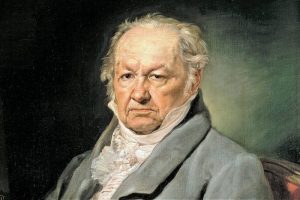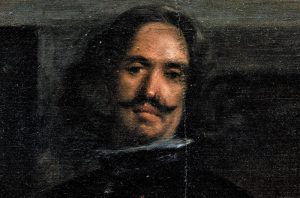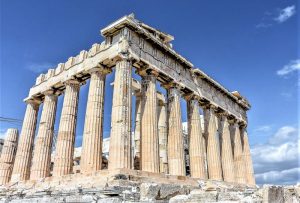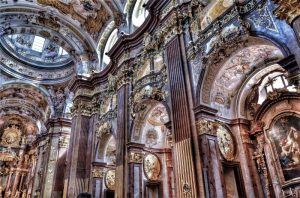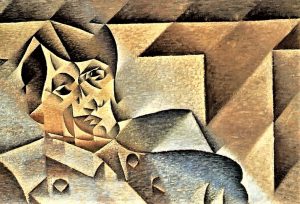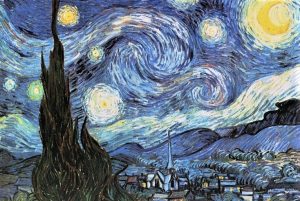Peter Paul Rubens
Peter Paul Rubens was one of the most famous European artists of his time, and one of the most successful of the 17th century. He is considered one of the great Flemish artists of the 17th century and was a prominent character in Catholic Church, Royal Courts and shopping malls of Low Country. Trained in the arts in Antwerp, Rubens traveled to Italy in 1600, where he absorbed the work of great Italian artists such as Raphael, Leonardo, Michelangelo, Correggio, Tintoretto, Caravaggio and Annibale Carracci. He was a very expressive and imaginative artist and was one of the most active and enterprising: he organized a large workshop, with apprentices and students, which resulted in the creation of numerous religious images, mythological scenes, classical and modern history paintings, and portraits. Rubens influenced many artists over the centuries, including Jean-Antoine Watteau, François Boucher, Jean-Honoré Fragonard, Théodore Géricault and Eugène Delacroix. The term "Rubenesque" is still used to describe the large, fleshy women who recall those included in many of Rubens' masterpieces.
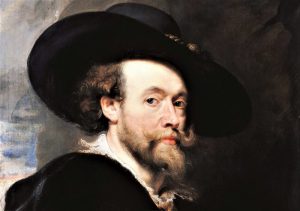
Personal information
- Born: 28/06/1577
- Where he was born: Siegen, Holy Roman Empire Germanic
- When he died: 30/05/1640
- Where did he die Antwerp, Belgium
Who was Peter Paul Rubens?
Rubens was a renowned painter from Europe, very prominent mainly in the Flemish school baroque style, humanist follower of Renaissance mentality, who admired the beauty of ancient Greece. A man who believed in God and therefore, very spiritual with a Christian message.
Biography of Peter Paul Rubens
Peter Paul Rubens was born on June 28, 1577, in Siegen, Nassau, Westphalia, Germany and died on May 30, 1640, in Antwerp, a town located in Netherlands, now known as Belgium. His father, Jan Rubens, a lawyer and Antwerp councilor, had fled Belgium in 1568 with his wife, Maria Pypelinckx, and their four children to escape religious persecution for their Calvinist beliefs.
After Jan’s death in 1587, the family returned to Antwerp, where the young Peter Paul Rubens, raised in his mother’s Roman Catholic faith, received a classical education. His artistic training began in 1591 learning from Tobias Verhaecht, a relative and landscape painter of modest talent. A year later he moved to Adam van Noort’s studio, where he remained for four years until he became an apprentice of Antwerp’s principal artist, Otto van Veen, who was the dean of St. Luke’s painters’ guild.
Van Veen imbued Rubens with a keen sense of painting as a noble humanist profession. In 1598 Rubens was admitted to the painters’ guild in Antwerp. In Venice he used the luminosity and dramatic expressiveness of the Renaissance masterpieces of Titian, Tintoretto and Veronese.
In October 1600, Rubens accompanied the duke to Florence, to attend Gonzaga’s sister-in-law Marie de Medici’s marriage to King Henry IV of France, a scene that Rubens had to recreate a quarter of a century later for the queen. By the end of the first year, he had traveled throughout Italy and the copies he made of Renaissance paintings offer a rich account of the achievements of 16th-century Italian art.
Characteristics of Peter Paul Rubens
The main characteristics of Peter Paul Rubens’ art are the following:
- Peter Paul Rubens’ art is a fusion of flamenco realist traditions with the classicist tendencies that occurred during the Italian Renaissance.
- Rubens managed to infuse his own vitality into a powerful and exuberant style that became the epitome of 17th century baroque art.
- The ample, robust and opulent figures in his paintings generate a penetrating sensation of movement in vivid and dynamic compositions.
- Rubens was one of the most versatile, productive and assimilative Western artists, and his almost unlimited inventive resources enabled him to become the master of the best studios organization in Europe.
- His art was based on biblical narratives, Catholic theology and hagiography, and Greek and Roman history and mythology.
- He was a devout Roman Catholic.
- The human forms he represents have exaggerated anatomy and dramatic scenes.
- He used warm color, broad brush stroke, beautiful nudes and mythological
- He also represented in his paintings certain human models and technical and compositional daring.
Outstanding works by Peter Paul Rubens
The main works of Peter Paul Rubens are mentioned below:
- The Three Kings Worship: it represents the moment when the Three Kings came to visit Jesus.
- The Three Graces: Represents the kindness and delicacy of three goddesses.
- Saturn: Represents the death of Saturn’s son in his hands.
- Adonis Death
- The Paris Trial
- Duke of Lerma
- The abduction of the daughters of Leucippus
- Immaculate Conception
The Three Graces
The representative tradition of the three graces dates back to Greek and Roman antiquity. It represents the daughters of Jupiter and Eurymone, Aglae, Euphrosine and Talia, which symbolize different concepts from antiquity. The brush stroke is loose, with colorful details, especially in the skins, where we see the degree of mastery. The light is reflected on the naked bodies to highlight them, giving a light realism to let the light pass through the trees in the background through loose brush strokes.
How to cite this article?
Briceño V., Gabriela. (2019). Peter Paul Rubens. Recovered on 24 February, 2024, de Euston96: https://www.euston96.com/en/peter-paul-rubens/



